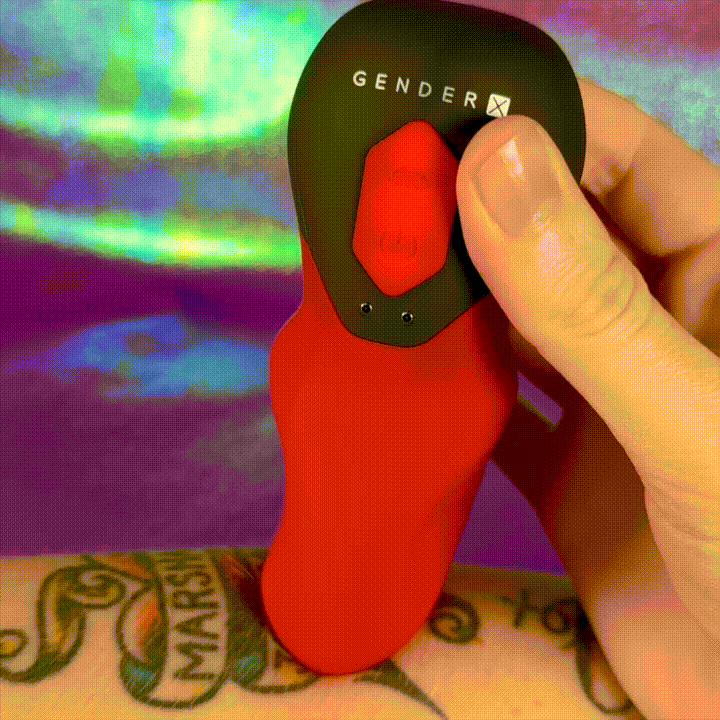The maker of life and the center of pleasure, the vagina is still a mysterious area, even to those that own one!
Your vagina might not be what you think
First of all, often the word vagina is used for the entire ‘down there’ parts, however, in medical terms, the vagina is just the canal that connects the inner cervix to the outside of your body. If you want to get technical.

The magic of the clitoris
With over 8,000 nerve endings (double that of the tip of a penis) and its name derived from the Greek word for ‘key’, the clitoris really is the center of sensation. In fact, it’s the only part of the body whose sole purpose is for pleasure! Only one quarter of the clitoris is visible from the outside of the body, hence why using a vibrator can help you stimulate what’s inside. When aroused, the clitoris can swell in size and become more visible. Not only that, but it continues to grow throughout a person’s life, becoming 2.5 times larger in adulthood than that of a teenager. Though there are other ways for vagina owner to come, clitorial orgasm is the easiest to achieve for most. The average clitorial orgasm lasts for 10 to 30 seconds and includes 3 to 16 contractions, which can add to the orgasms intensity. So get on those Kegel exercises!
The vulva explained
The vulva is the pretty stuff outside of the vaginal canal, including the clitoris, urethra, labia, and opening to the vagina. There is no 'right' way a vulva should look, and variations in color, size, and shape are normal and should be celebrated!

Things will change
During sex, your entire vagina and vulva can double in size to make way for the fun that’s about to happen. Furthermore, your vagina will also change with age. As previously mentioned, your clitoris will double in size, though most of this change will happen internally. Childbirth usually won’t change your vagina as much as you think, but things like medication, menopause, and hormones from birth control can change how wet your vagina naturally is.
PH levels
Naturally acidic, the normal PH levels of the vagina is between 3.8 and 4.5, close to a fine wine or a handful of blueberries. It’s important to keep these levels to avoid overgrowth of bacteria and all the itchy, not so fun sensations that come along with that. Try to avoid menstrual products with bleaches and chemicals, and opt for natural tampons and pads or body safe menstrual cups. Avoid douching! This can kill all the good bacteria in your vagina, making way for the bad bacteria to take over, leading to infections. Avoid harsh soaps and cleaners or any vaginal product that has perfume or alcohol.
What is your vagina telling you?
Discharge is normal as the vagina is self cleaning and self lubricating. However there are times when discharge could be telling you something is wrong. Itchy and (I hate this dreaded term but it’s accurate) cottage-cheese like discharge can be a sign of a yeast infection. The signs of bacterial vaginosis can be a strong smelling discharge and trichomoniasis may have additional itchiness and pain during urination. That being said, even a strong body wash or the wrong underwear can cause irritation. A few helpful tips would be to wear breathable cotton underwear, change quickly out of sweaty gym clothes or damp bathing suits, and use natural sanitation and barrier products correctly.
Lube!
Using lube can transform your sex life! Not only can it be a fun foreplay activity to get one another all lubed up, but it can heighten sensation and lower any uncomfortable pain or pinching. Lube can be a vagina's best friend, as long as it’s natural and body safe therefore not changing your vagina's PH levels. To add, ensure that your lubricant of choice doesn’t contain anything you are personally sensitive too. It’s always a good idea to patch test on the inside of your wrist or elbow before putting it on your genitals.
The G spot or not
The debate over the existence of the G spot is far from over. Since the 1980’s, it was thought that vaginas simply have this magic button, that when found, can achieve intense, multiple orgasms. However, it turns out it’s a little more complicated than that. The term ‘spot’ seems to be misleading as it doesn’t pertain to an actual gland, more like a meeting of points. The spot is where to core of the clitoris and the the paraurethral gland meet. Researchers describe this area as the clitourethrovaginal complex, or the CUV, as it more of a meeting of sensitive nerves of the clitoris, vagina and urethra. When all of these areas are stimulated, an orgasm can occur.



